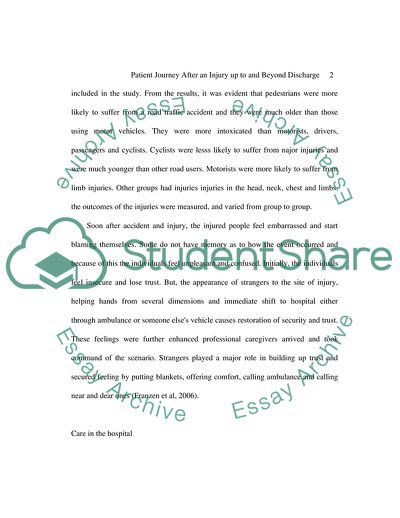Cite this document
(Patient Journey After an Injury up to and Beyond Discharge Essay, n.d.)
Patient Journey After an Injury up to and Beyond Discharge Essay. Retrieved from https://studentshare.org/health-sciences-medicine/1735813-patient-journey-after-an-injury-up-to-and-beyond-discharge
Patient Journey After an Injury up to and Beyond Discharge Essay. Retrieved from https://studentshare.org/health-sciences-medicine/1735813-patient-journey-after-an-injury-up-to-and-beyond-discharge
(Patient Journey After an Injury up to and Beyond Discharge Essay)
Patient Journey After an Injury up to and Beyond Discharge Essay. https://studentshare.org/health-sciences-medicine/1735813-patient-journey-after-an-injury-up-to-and-beyond-discharge.
Patient Journey After an Injury up to and Beyond Discharge Essay. https://studentshare.org/health-sciences-medicine/1735813-patient-journey-after-an-injury-up-to-and-beyond-discharge.
“Patient Journey After an Injury up to and Beyond Discharge Essay”. https://studentshare.org/health-sciences-medicine/1735813-patient-journey-after-an-injury-up-to-and-beyond-discharge.


